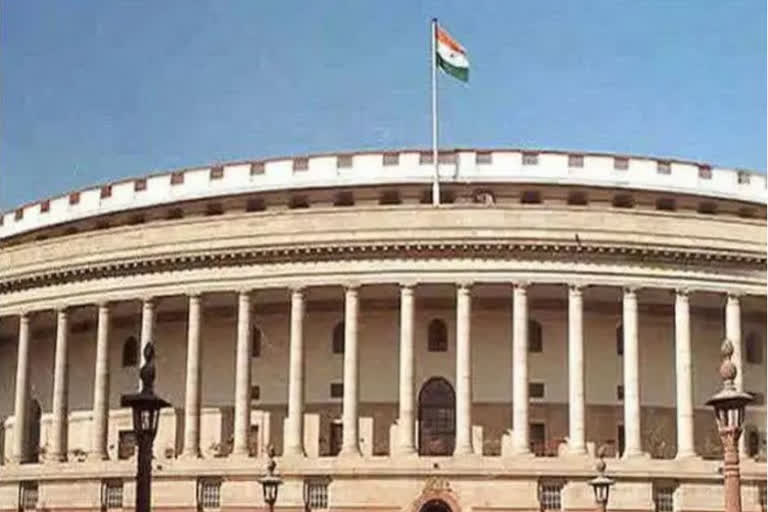New Delhi: The Election Commission of India has started the process for the Vice-presidential elections to elect the next Vice President of India as incumbent VP-M Venkaiah Naidu’s tenure- is set to expire on August 10. In India, the Vice President is the second-highest public office after the President and also holds the dual portfolio as Chairman of the Upper House of India’s bicameral parliament – the Rajya Sabha.
The Vice President is elected for a period of five years and in certain cases, he discharges the duties and functions of the President of the country as per the provision of the Constitution. The ongoing election process will elect the 16th Vice President of India.
Constitutional Provisions
According to the provisions of Article 66 of the Constitution, the Vice President is elected by the members of an electoral college which is made up of the members of both the houses – the Lok Sabha and the Rajya Sabha - through a single transferable vote. In this election, the Electoral College includes 543 elected members of the Lok Sabha, 233 elected, and 12 nominated members of the Rajya Sabha.
In this case, the value of the vote of all 788 elected/ nominated members of the Parliament is one vote. Article 68 of the Constitution mandates that the election process must be completed before the expiry of the term of the outgoing Vice President, which in this case is ending on August 10, 2022.
Article 324 of the Constitution read with the Presidential and Vice-Presidential Elections Act of 1952 and the Presidential and Vice-Presidential Elections Rules of 1974, gives the power of superintendence, direction, and control of the conduct of election for the post of Vice President of India to the Election Commission of India.
Nomination Process
A nomination paper of a candidate has to be subscribed by at least twenty MPs as proposers and by at least other twenty electors as seconders. An elector can subscribe to only one nomination paper of a candidate as either a proposer or a seconder.
